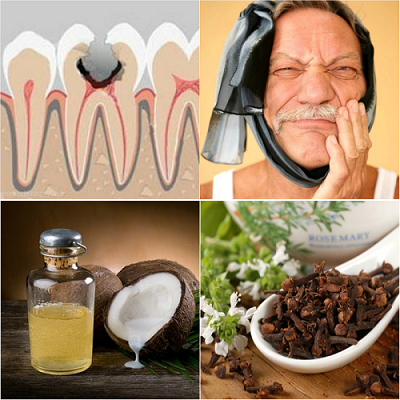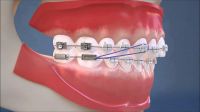
So what to do if a toothache caught at night, on the road, etc.? Take painkillers and text/call your dentist. Here is such a banal answer.
If he does not suit you, there are a lot of folk advice on the Internet. I will not write about them, since self-treatment in acute situations can end in failure. The person himself will take responsibility for their use and their health.
In the meantime, I'll tell you about the stories that sometimes occur in practice. And about myself personally.
Today I went to sports. And the coach touches me every minute: “We pull the head to the ceiling, Shoulders down, pull in the stomach, bend the left leg more strongly ..!” And while I stretch my head, my leg has already left, while my stomach is pulled in, my shoulders crawled up. Oh, how difficult! Coordinate the whole body together! And thoughts run: “After the sport, you must not forget to buy cheese in Mercadon, and after school take the children to classes, oh, you still need to pull your head and bend your leg!” So this is about the fact that it is very difficult to think about several things at the same time! And I see it in my patients too.
A person came for a consultation, just a consultation, and not with acute pain. There is a dark spot on the tooth. I give the patient a mirror. Show and explain, write on paper. All clear? Everything. After a couple of weeks, this patient comes running again with the words: “I have a dark spot!” Again, I explain. “Oh, right! You already explained to me, I remembered!”
Those. It's just sometimes hard for a person to accept information right away. Here you also need to think about your teeth, but at this moment other thoughts may enter your head. And this is in a normal situation. What if there is severe pain? And here is information about folk remedies on the Internet! Eye to eye information is difficult for a person, then how correctly will the information from the post about folk remedies be interpreted?

It turns out that the question is not in the folk remedies themselves, but in the fact that there is a very high risk of distraction, their misunderstanding and use.
I'll tell you an example: the advice for pain is to rinse with saline. What could be easier and safer! Yes, this advice is cool, but there is an important nuance! When a person is in pain, the brain does not function clearly enough and the risk of wrong action is high. And sometimes there are the following situations with this simple and safe tool.
The tooth was extracted, recommendations were given in printed form, anesthesia departs and pain appears. And after a couple of days, a white coating in the place of the extracted tooth joins the pain! "Oh God! Pus!" - the patient thinks in horror and remembers the folk remedy - saline solution. It is not in the recommendations, but the person heard that it helps well with pain. “So you still need to disinfect the place of the extracted tooth!” - the person thinks and adds iodine and soda to the saline solution. And he begins to actively rinse with all this. And at night he makes a compress, because warm pain reduces, it becomes easier when you hold your cheek with your hand ... and then it gets worse and worse, painkillers do not help, on the third morning ... hellish pain and swelling on the floor of the face.
What happened? Removal is an injury, of course, it will hurt. In the wound of the extracted tooth, a “sore” is formed - a clot, which becomes white in a couple of days after the intervention. The patient thinks that this is pus, actively rinses, rinses out this clot and the wound remains open, an infection gets into it and the pain intensifies. And it is already necessary additional treatment at the dentist and antibiotic therapy.
Here is a folk remedy for pain. And this is just one practical example. And there is still a bunch, when the gums were burned to holes with propolis, or garlic and lard on the wrist created irritation, or soda rinses or even pharmacy rinses, when self-medicated, brought the mucous membrane into a deplorable state. And a whole lot more.
Therefore, I like to anticipate and be ahead of the situation. I love prevention. Not to face the problem of acute pain, but to foresee and organize to prevent possible acute conditions. And that is why I write more about prevention, about care, about nutrition.
Acute pain does not appear from scratch (with the exception of an injury or a couple of other cases, which we warn about during a consultation and give recommendations on what to do).
Usually, acute pain is preceded by some kind of change. For example, before pulpitis occurs, first a stain appears on the tooth, then initial caries, then medium, then deep. And all these processes take time. And I like to catch these processes precisely at these stages, and not when it already hurts. That is why it is recommended to come to the dentist once every 6 months. Because during this time you can "catch" the process. And at the same time, the dentist understands that if the teeth were absolutely healthy 6 months ago, there were no caries, and suddenly collapsed so that it is already necessary to treat pulpitis and even anesthesia, then it is clearly necessary to look for reasons in general health.
So, for example, a timely treatment of one patient revealed pancreatic cancer. The patient presented with bleeding gums (periodontitis). The therapy was carried out and home recommendations were given. Usually the first steps



